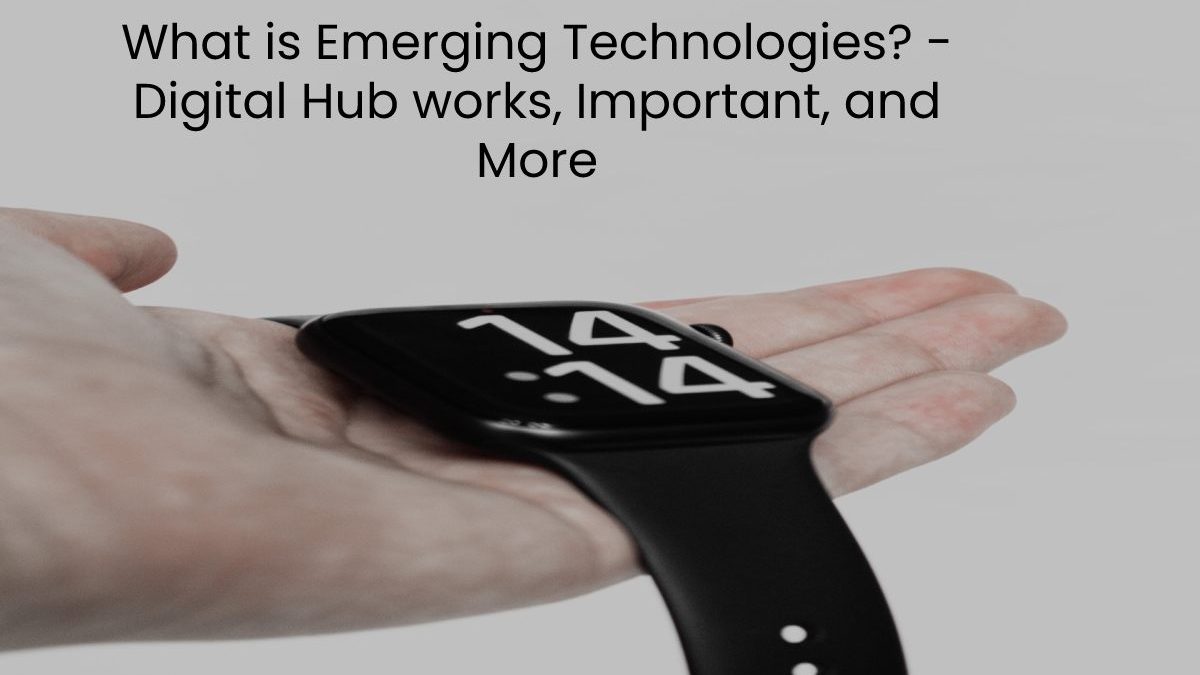Emerging technologies – Emerging technologies are generally compartment by innovative technologies that provide improvements over other more traditional ones that are already consolidated but have not yet reached their maximum level of maturity, so they are still under development.
We periodically explore these technologies to identify which of all the existing ones on the market have a sufficient level of maturity to be implemented and provide differential value or competitive advantage to our business.
Once the technologies of most significant interest to Ferrovial have known, the emerging technologies area of the Digital Hub has a team specialised in acquiring and consolidating knowledge about these technologies, accelerating their implementation in projects and favouring the reuse of these solutions in other areas to generate synergies within the organisation that benefit the Group.
Table of Contents
Currently, the Emerging Technologies in which the Digital Hub works
Internet of things (IoT): use of devices that allow us to measure specific parameters of the environment in which they locate, generating data that enriches business knowledge and allows automatic actions to be triggered immediately.
Drones: use of aerial vehicles that allow, through embedded systems, to acquire a large amount of information (images, videos, data) in difficult access or high risk without compromising the operator’s safety.
Robotics: systems that automatically imitate human capacities in their various fields of work: social, collaborative and industrial.
3D printing: facilitates the creation of specific prototypes and pieces of the same utility as others manufactured traditionally, in less time or cost.
A global vision allows us to appreciate the interrelation between these emerging technologies and others, such as data analytics or artificial intelligence.
Thus, for example, IoT solutions, robotics or autonomous vehicles are responsible for generating multiple data whose analysis drives the optimisation of processes. Still, they are also the physical support on which complex operations execute more frequently. Because analytics and artificial intelligence drastically change the way we interact with the objects and infrastructure around us.
Important Emerging Technologies
These are the ten most critical Emerging Technologies
Which of today’s technologies will shape the world of tomorrow? Although the question may be simple, to answer it, it is necessary to analyse a lot of data to try to understand which technological innovations will have a radical impact on the world economy, the environment or the social order.
A new report supported by the World Economic Forum reveals some of the revolutionary emerging technologies that can positively disrupt the existing order, be attractive to investors and researchers, and make it possible to be scalable in the next five years while respecting sustainability.
1. Bioplastics to Improve the Spherical Economy
Less than 15% of our world’s plastic is recycled, by the rest incinerated, abandoned or sent to landfills. Biodegradable plastic offered a solution, but it lacked strength compared to conventional materials.
Using cellulose or lignin from plant residues is revolutionising biodegradable plastic, increasing the resistance of the material without using crops destined for human consumption.
The circular economy concept and the environment will stay improved (Plastic packaging represents 17% of waste in Spain). Of interest also to see a stronger and more ecological concrete thanks to carrots.
2. Social Robots

Today’s robots can recognise voices, faces and emotions, interpret speech patterns and gestures, and even make eye contact, not to mention that you have a clean house with them.
These new “friends” and assistants are becoming a part of everyday life and are increasingly used to care for the elderly, educate children, and perform all sorts of tasks.
According to the International Group of Robotics, the global number of domestic robots entering the home will rise to 31 million between 2016 and 2019. Impress!
3. The Metalens
The manufacture of lenses for mobile phones, computers and other electronic devices have surpassed the capabilities of traditional glass cutting and bending techniques.
Advances in physics have led to lighter, miniaturised alternatives to current lenses, called metalens or flat lenses). They are tiny, thin and flat, which could replace bulky glass lenses in any microscopes, cameras, screens, phones, etc.
4. Stopping Disordered Proteins
Diseases such as prostate cancer, Alzheimer’s or Parkinson’s are associated with proteins with a common characteristic, consisting of having disordered regions. Apparently without a rigid three-dimensional structure.
Now scientists have found a way for a treatment to take effect and slow down the disease. Offering new possibilities to patients.
5. DNA-Based Data Storage
Our data storage systems use a proportion of energy and can’t keep up with the vast. Ever-increasing amounts of data we’re producing. Yet, they expect to reach capacity in less than a century.
But pioneering research uses DNA-based data storage as a low-power alternative to computer hard drives with enormous capacity: One estimate suggests that a year’s worth of global data could store on a DNA cube of just one square meter.
6. Smarter and more Sustainable Fertilisers
Recent improvements in fertilisers have absorbed their ability to release nutrients when needed slowly. But unfortunately, they still contain ammonia, urea, and potash that harm the environment.
The new fertilisers use more environmentally friendly nitrogen sources and microorganisms that improve absorption by plants.
7. Co-operative Telepresence
Visualise a video conference where you not only sense like you’re in the same room as the other attendees. But you can also feel the touch.
A mix of Augmented and Virtual Reality, Artificial Intelligence. 5G networks and advanced sensors will mean that people in business from different places can physically exchange handshakes, or doctors can work remotely with patients as if they were in the same room.
As crazy as it sounds, given to the report, “ collaborative telepresence is still emerging, but all the pieces are in place for it to become a reality in the short term. Three to five years.” As a note, you can check out the article on how artificial intelligence will change the way we see architecture.
8. Tracking Technology for Food
Around 600 million people consume contaminated food each year. And it is essential to locate the source of the outbreak immediately.
What used to proceed days or even weeks to track can now track in minutes. Using blockchain technology to monitor every step of a food product’s progress through the supply chain.
The are multiple possibilities. For example. The OpenSC project (the new company developed by WWF and BCG Digital) wants you to know what you eat and how it got on your plate to guarantee sustainable and legal food.
Meanwhile. Sensors in the packaging can indicate when food is about to expire. Reducing the need to waste entire batches once the expiration date reaches.
9. Safer Nuclear Reactors
While nuclear power does not release carbon dioxide, reactors risk fuel rods overheating and. When mixed with water, producing hydrogen, which can explode. (The best known nuclear fuel is uranium because it is the most used in nuclear fission reactors)
New fuels are emerging that are much less likely to overheat, and if they do. They will produce little or no hydrogen. In addition, these new configurations can replace existing fuel rods with minor modifications.
10. Large-scale renewable energy storage
The storage of electricity generated by renewable energies with no sun or wind has been a barrier that has hindered its acceptance.
Lithium-ion batteries will dominate storage technology in the next decade. Continued advances should result in batteries that can store up to eight hours of power. Long enough for solar-generated capacity to meet peak demand. of the night.
Conclusion
Emerging technologies are technologies whose development. Practical applications or both are still largely unrealised. Such that they are figuratively emerging into prominence from a background of nonexistence or obscurity.
Also Read: Top 3 Forex Trading Strategies to Follow for Successful Trading


Review What is Emerging Technologies? – Digital Hub works, Important, and More.